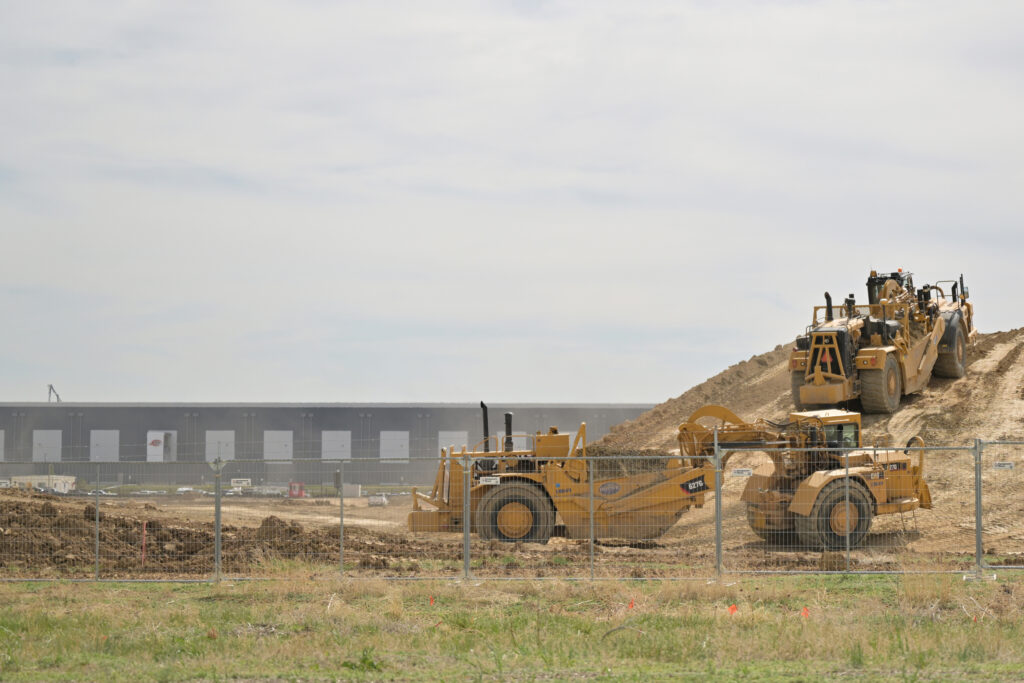Key Takeaways
- U.S. utilities are planning to double natural gas capacity due to growing electricity demand from data centers.
- Data centers’ energy consumption has surged from less than 2% to 4.4% of U.S. electricity since 2018 and is projected to reach between 6.7% and 12% by 2028.
- Regulatory hurdles and profit motives are leading utilities to favor natural gas over renewable energy, risking increased costs for consumers.
Rising Demand for Electricity
Jon Rea, a senior associate at RMI, observes a significant uptick in natural gas capacity plans among U.S. electricity utilities, with recent analyses revealing that utilities are expanding natural gas capacity by 52 gigawatts compared to only 4 gigawatts for wind and solar. This trend comes as utilities scramble to meet the surging electricity needs of data centers, whose consumption has drastically increased in recent years.
Data centers were previously responsible for less than 2% of U.S. electricity use, but this figure surged to 4.4% in 2023, potentially rising to 6.7% to 12% by 2028, according to a report from Lawrence Berkeley National Laboratory. The existing power grid, much of which is outdated, faces challenges in accommodating this rapid growth.
Infrastructure and Regulatory Challenges
The current grid infrastructure was designed for centralized power plants and lacks the flexibility needed for modern energy demands. Experts express concern that reliance on natural gas could hinder the advancement of clean energy projects, especially as traditional regulatory processes favor natural gas development. Utilities often overlook the volatile pricing risks associated with gas, leading to potential rate hikes for consumers.
Utilities are projected to manage a 24% increase in electricity demand by 2035, and decisions made in the face of rising rates often tilt towards natural gas due to perceived reliability. This tendency places additional financial burdens on consumers, particularly since rate-setting processes usually leave the fluctuating costs of gas unaddressed.
Impacts and Alternatives
As data centers continue to grow, states like Virginia experience soaring electricity prices, attributable to the demands of these facilities. While clean energy sources await permission to connect to the grid, over 95% of queued projects are solar, wind, or battery initiatives. However, lengthy wait times and permit challenges hinder their progress.
Despite the pressing need for a modernized grid and clean energy options, political and regulatory barriers persist. Current federal policies overshadow renewable energy ambitions, complicating compliance with future carbon emission targets. Utilities such as Dominion Energy may struggle to meet stipulated clean energy goals, raising the specter of penalties and further costs passed onto customers.
To mitigate risks, some states are reassessing cost structures for data centers, suggesting new regulations that would require these facilities to bear a greater share of energy costs. As the energy landscape evolves, the urgency for regulatory reform and investment in cleaner energy becomes increasingly critical to meet both demand and sustainability goals.
The content above is a summary. For more details, see the source article.















